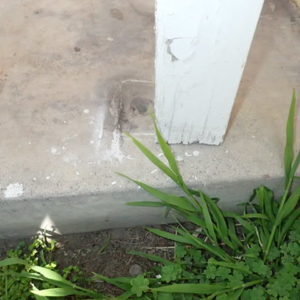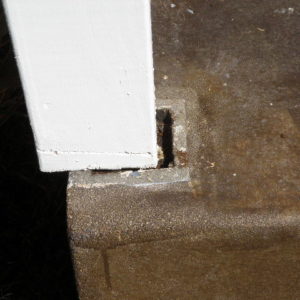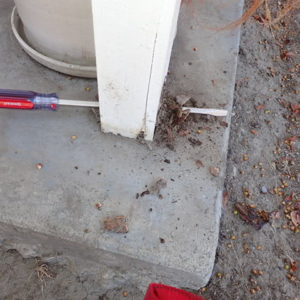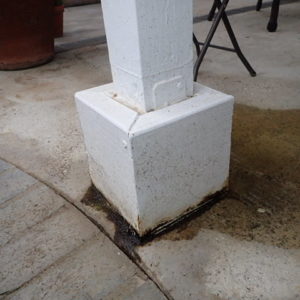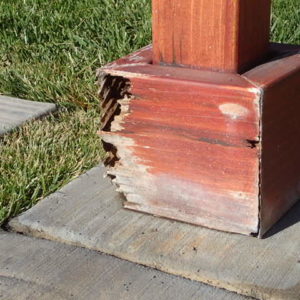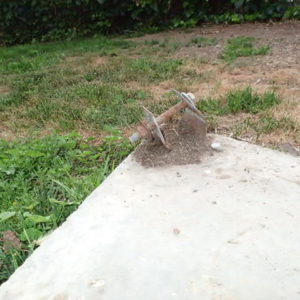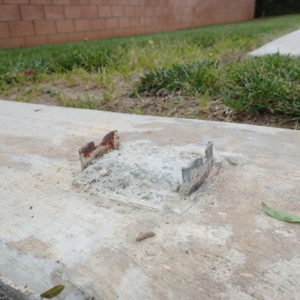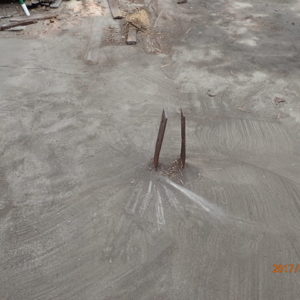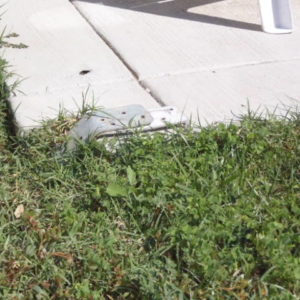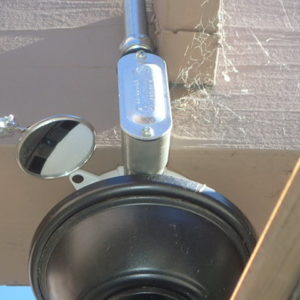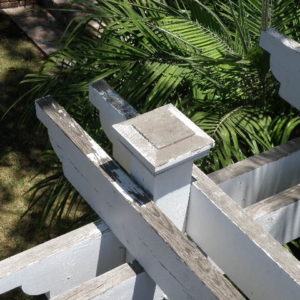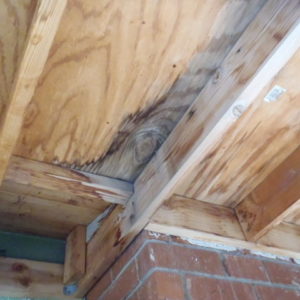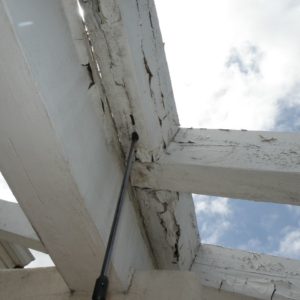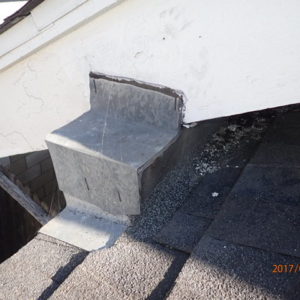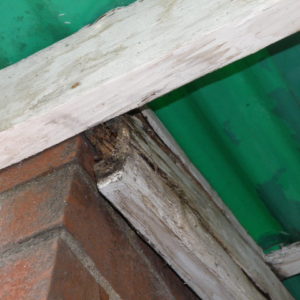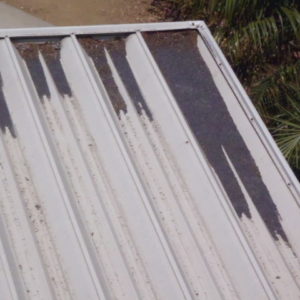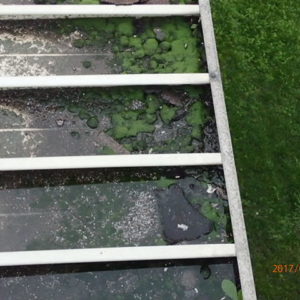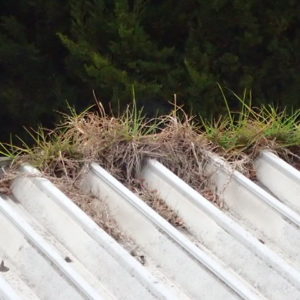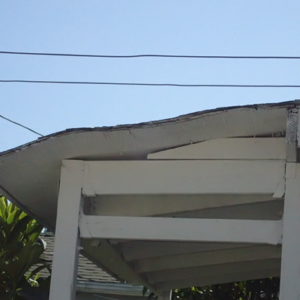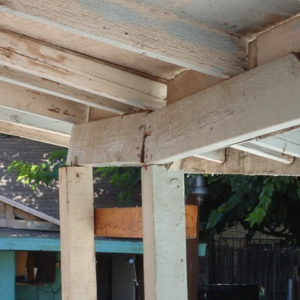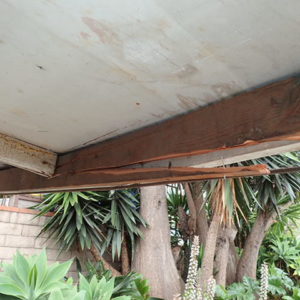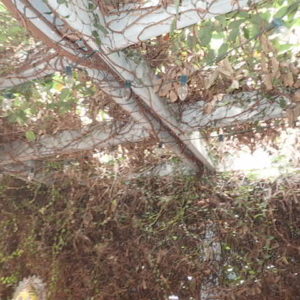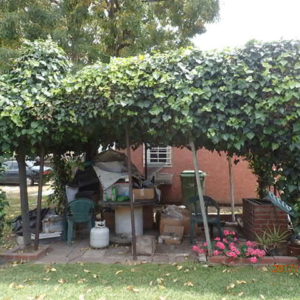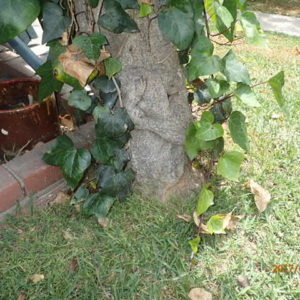Patio & Porch Roofs
There are a couple of things to pay attention to when it comes to a porch or patio cover. The support posts and the structure. When most structures are built with wood the same problems show up over and over again. Moisture damage. Rain, sprinklers or people hosing down the patio makes for future damage. Nature’s way of helping your lawn or your own self-introduced water will basically do the same thing.
Whenever supports have the chance to get damaged it seems that Murphy’s Law gets into the act. Posts are best when they are above the grade and certainly not buried in dirt. Metal column bases are one variation that will provide a longer life but they too will become damaged when subjected to excessive moisture. If you are building anything, keep things as far away from water as possible.
Metal column bases can be damaged and present sharp edges waiting to cut your feet. These need to be addressed for safety reasons. Without some power tools, grinding metal down to a safer condition will be a challenge. With the correct tool, a few minutes will make the patio safer. Determining the best way to rebuild something takes more thought and ingenuity. Contractors get paid to do this. Ask for their suggestions as this is only a few minute discussion. The overall appearance of the completed patio and cover are a lot more of a concern to you anyway. Be certain to ask how he will prevent this type of damage in the future in his plans/design.
The top of a porch or patio cover are gong to get rain, hail and snow melt. The moisture has to get off the roof to prevent more surprises. It can be a comical side note when some designs for a patio cover are 2 inch boards separated by 2 inches. Your basic “open wood” design. Looks nice. How do you reach up there next year to paint the top of the boards when the paint peels. How many painters only paint the bottom that they can see and the woman of the house didn’t go get a ladder to see the condition of the top of the wood framing? Typical wear and tear to the wood will occur and the wood will age accordingly.
But there are some tricks that you can do to prolong the life of the wood especially at the top. You can use some metal flashing on top of some of the boards/beams. At window trim, I like to have metal flashing from under the stucco or siding cover the stucco moulding on top of the exterior of the window. This prevents moisture seeping into the wood where we never look. Adding some flashing in inconspicuous locations can save expensive beams. Another thought is if you have a table saw, make a small improvement to all those little boards you are going to put up for your “Open-wood” patio cover. Cut a shallow angle on top of each board so it is no longer flat, but will shed water! Of course you are going to paint every board (we hope) before installing it up there, but if water does not sit on top of each board, you can buy quite a few years of life with these couple of tricks. Then caulk any joint/seam between two boards so the rain doesn’t settle in those gaps. You can get as complicated as you want but it is all about how long this money that you are putting into this area will last for you. No one wants to spend that money again every 5 years.
Clogged gutters on metal roofs is one of the most prevalent maintenance issues. As we all know when the sun is warm and we want to relax under the shade for a little while, who will flip a coin to decide what to do first? Nap after an adult beverage or go to the garage, get a ladder, change into grubby clothes so I can take the hose and clear the roof with mud and leaves flying and then rake up my mess and have no more time to relax. The coin toss loses no matter if it is Heads or Tails.
Construction methods that incorporate safe designs may not always be used. When I come upon a makeshift patio cover, I often feel that the old Disney Tiki Room and Robinson Caruso Tree House were better built. Whatever you want is possible and sometimes the project grows beyond the initial dreams and gets pricey, but try to do it safely.




























